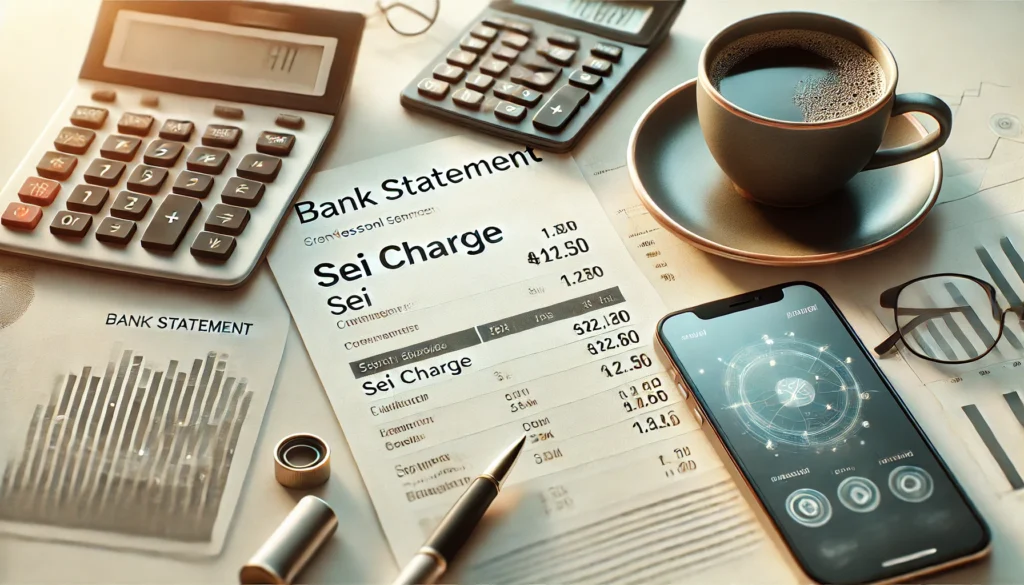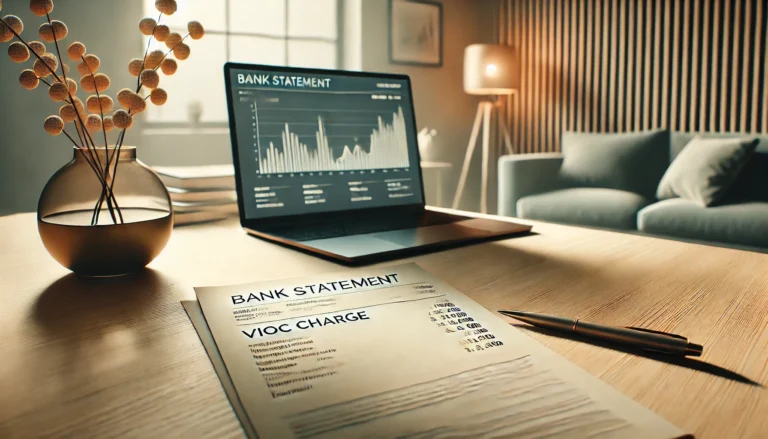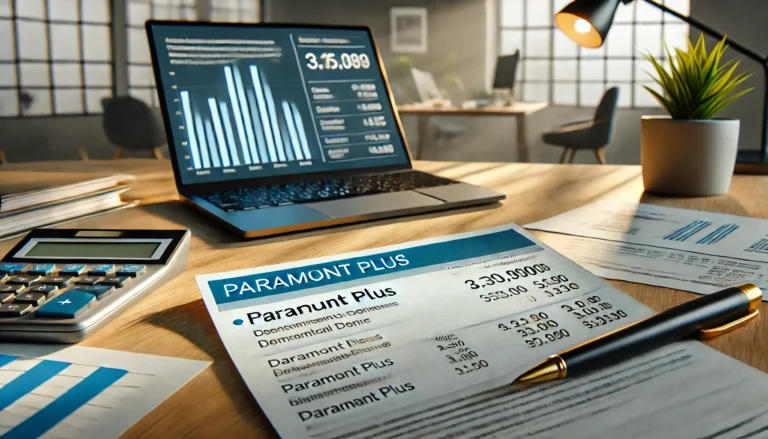What Is the SEI Charge on Your Bank Statement?
You may be curious about the meaning of SEI charge, if you’ve seen a charge on your bank or credit card account. Seven Eleven Inc. (7-Eleven), one of the biggest convenience store chains in the world and a well-known provider of a wide range of services and goods, is referred to as SEI. If you see this charge, it most likely indicates that a transaction whether for a purchase or one of their many other services, such bill payment or money transfers was handled at a 7-Eleven location.
What Is SEI Charge?
A transaction performed at a 7-Eleven shop, a well-known chain of convenience stores, is indicated by an SEI designation on a bank statement. In addition to a large range of goods and services, 7-Eleven also sells lottery tickets, prepaid cards, snacks, and drinks.
Many 7-Eleven shops provide services including ATM withdrawals, money orders, bill payments, and even gasoline at certain outlets in addition to these typical sales. When you see an SEI charge on your statement, it indicates that a purchase or service was completed at a 7-Eleven store, and 7-Eleven Inc. processed the payment.
The label SEI is used to identify the transaction on your statement. Whether it’s for a quick snack or a financial service, the SEI charge provides a clear record of your transaction with this convenience store chain.
Also Read YesSolo Charge.
Common Reasons for SEI Charges
There are various reasons why an SEI charge might appear on your statement, including:
Purchases at a 7-Eleven Store:Snacks, drinks, and other purchases bought at a 7-Eleven location will all be charged to your SEI account.
Fuel Purchases: There are gas pumps at certain 7-Eleven sites. Should you have bought fuel, it can appear as an SEI charge.
Bill Payments: A lot of 7-Eleven locations provide bill paying services. This would appear as an SEI charge if you paid a power bill or any other kind of payment at 7-Eleven.
ATM Transactions: ATMs are quite common in 7-Eleven locations. Any costs related to cash withdrawals may appear as part of the SEI charge.
Money Transfers: If you used a 7-Eleven store to transfer money through services like Western Union, this would be recorded as an SEI transaction.

How Does SEI Charge Appear on a Bank Statement?
When reviewing your bank or credit card statement, you will see SEI listed as the merchant for the charge. Below is an example of what the SEI charge might look like:
- Merchant Name: SEI (Seven Eleven Inc.)
- Transaction Description: SEI [Store Location] [City, State]
- Date: The date the transaction occurred
- Amount: The amount of money debited for the transaction
To further aid in identifying the purchase, the bill will typically additionally include the precise address of the 7-Eleven shop where the transaction was made.
Why Does the SEI Charge Appear?
Every transaction you make at a 7-Eleven store results in an SEI charge on your bank account. This may occur for a number of reasons, including paying a bill, making a transaction, or taking out cash. A 7-Eleven charge appears on the customer’s bank statement when they use their debit or credit cards to pay for a variety of goods, such as beverages, snacks, and home necessities.
Apart from retail sales, 7-Eleven locations offer ATM services that let patrons take out cash using their debit cards. These withdrawals appear as SEI charges as well. Additionally, consumers may pay payments at 7-Eleven locations, such as credit card or utility bills, with the amount made reflected in the SEI charge. The SEI charge functions as a record of the transaction that was finished at a 7-Eleven outlet in each of these situations.
Also Get Info Vehicle Information Charge.
What To Do If You Don’t Recognize the SEI Charge?
People frequently forget little purchases they make at convenience stores like 7-Eleven, particularly if they happened during busy times or were a regular part of their day, like getting coffee or snacks. However, if you see an SEI charge and don’t recognize it, here are steps you can take to investigate:
Review Recent Purchases: Recall if you have ever utilized any 7-Eleven services or visited a shop recently. Small expenditures such as a drink or snack might incur a fee from SEI.
Check Transaction Details: Analyze the transaction’s date, location, and amount. Occasionally, the location data aids in refreshing your memory, particularly if you often visit several convenience stores.
Verify with Family Members:It’s possible that your spouse or kid, or someone else you share your account with, made the transaction at 7-Eleven. See whether they can recall completing a transaction by asking them.
Contact 7-Eleven Customer Service:You can get in touch with 7-Eleven customer support or the store directly if you have any questions regarding the fee. They might have further information about the transaction to provide.
Dispute the Charge with Your Bank: Once you’ve exhausted all other options and you think the charge is bogus, dispute it with your bank or credit card company. In order to look into and perhaps reverse improper transactions, banks frequently offer fraud prevention services.
Preventing Future Unrecognized SEI Charges
To avoid confusion or potential fraudulent charges, here are some ways to keep track of your spending:
Use Transaction Alerts: Create alerts with your credit card issuer or bank to be notified each time a transaction is made. In this manner, you may identify any unexpected expenditures as soon as they happen.
Save Receipts: Any receipts you get from 7-Eleven should be kept on file. When you check your statement, this might assist you confirm the charges.
Monitor Your Account Regularly: You may detect any unauthorized or fraudulent purchases promptly by routinely checking your bank or credit card statements.
Enable Two-Factor Authentication: Make sure two-factor authentication is enabled on your bank or credit card account for further security. This increases security by making it more difficult for unauthorized users to conduct transactions.
Conclusion:
An SEI charge on your bank statement simply indicates that a transaction was made at a 7-Eleven store. Whether it’s for a quick snack, a money transfer, or bill payment, this charge is tied to the convenience services offered by Seven Eleven Inc. If you don’t recognize the charge, follow the steps to verify its legitimacy. And remember, monitoring your account regularly is the best way to ensure that all transactions are authorized.






